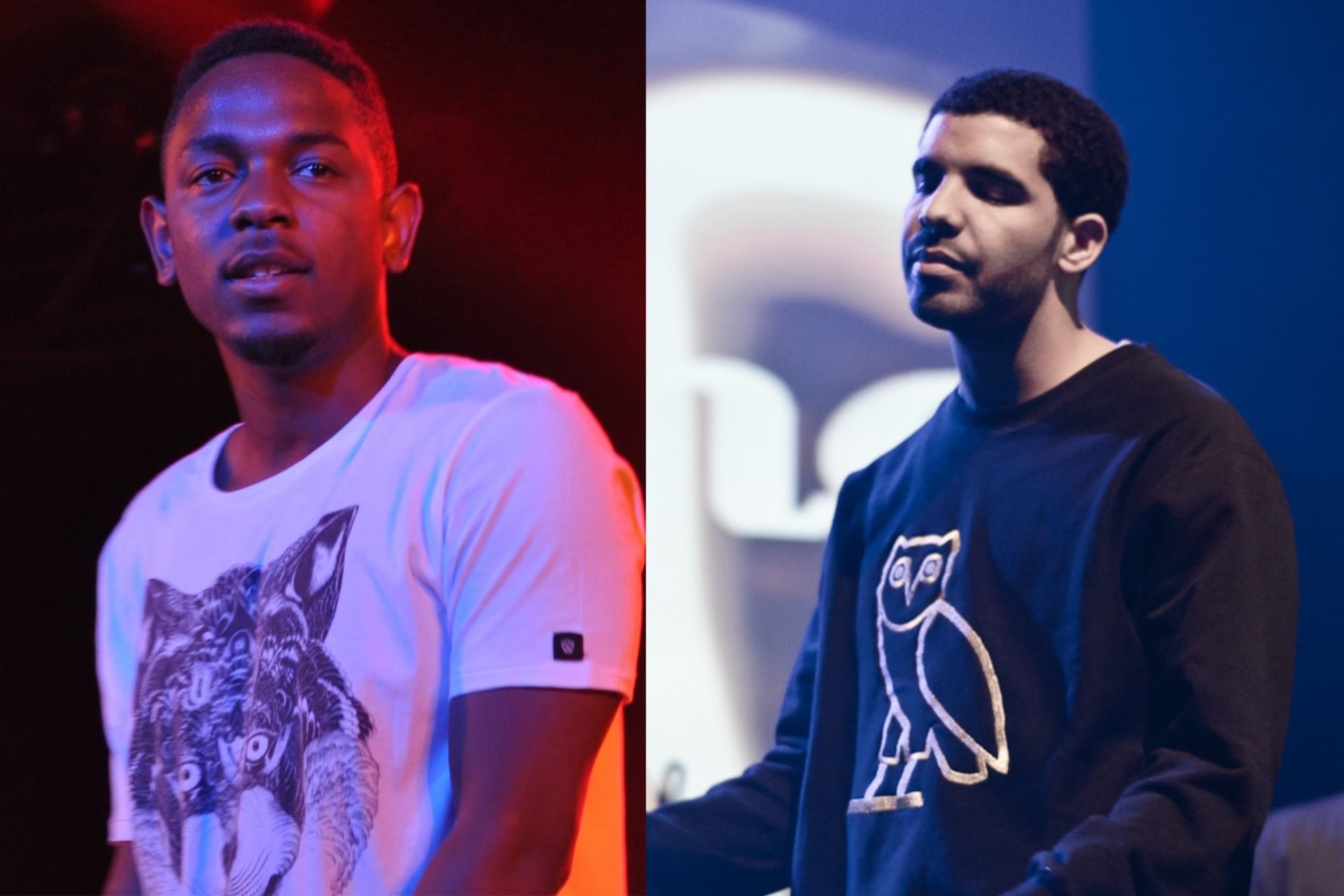[ad_1]
ArtTactic, in partnership with Artscapy, has released its latest market analysis, the “Wet Paint” report, which sheds light on three transformative trends in the art world from 2015 to 2024. The report, drawing on extensive auction data from Christie’s, Sotheby’s, and Phillips, provides insights into how speculative buying has both propelled and reflected art market trends. Key findings also highlight a noteworthy shift towards gender parity and the lasting influence of iconic artists who continue to captivate collectors and investors.
- Shift Toward Gender Parity
The “Wet Paint” report highlights a notable shift in market dynamics, with growing gender parity in the art market extending even to speculative sales. Female artists now account for 41.3% of the sales value among “wet paint” artists, indicating that speculators are increasingly disregarding gender as a factor in their buying and selling decisions. This marks a departure from previous trends, where male artists received disproportionate attention.
The shift is particularly evident among younger artists, where women are experiencing greater visibility and demand, especially in prominent auctions. Although the speculative nature of “wet paint” sales is not typically conducive to long-term market stability for artists, this trend reflects a positive shift, signalling the market’s recognition of female artists’ potential to achieve pricing trajectories on par with their male counterparts.
2. Speculation Mirrors Market Trends
Speculation in the art market closely tracks the overall market. Between 2015 and 2021, as the market surged, speculative buying soared, particularly in the “wet paint” segment, that is, —artworks resold within three years of creation. This trend hit a record $215.2 million in 2021 before experiencing a sharp decline to $29.7 million in early 2024, coinciding with general art market cooling in the post-pandemic period. Interest in emerging artists often mirrored these highs and lows, with younger artists’ sales showing particular volatility after 2022. This data not only underscores the procyclicality of speculative buying and the general market, but also reinforces the necessary co-dependence of a market in which speculation can take place
3. Enduring Appeal of Sought-After Artists
While the art market remains speculative, the “Wet Paint” report confirms the lasting appeal of established, sought-after artists such as Cecily Brown. Even as market enthusiasm fluctuates, these artists maintain a loyal collector base willing to invest in their latest works. When a “hot” artist emerges, collectors remain ready to purchase their new pieces, suggesting that established names with strong brand value can sustain demand through market shifts and even outright speculation. This stability in high-profile artists’ work provides a counterbalance to the more unpredictable sales patterns seen with emerging talent.
4. Young Contemporary Artists’ Speculative Boom
A surge in demand for young contemporary artists, especially post-pandemic, saw high levels of speculative buying. Notably, these artists, including Jadé Fadojutimi and Flora Yukhnovich, saw demand slow significantly in 2023 and 2024.
Alessandro De Stasio, Founder and CEO of Artscapy: “While speculative behaviours can be detrimental to artists, particularly those in the early stages of their careers, I interpret the findings of this report as signalling a positive shift toward a healthier and more equitable art market—one where art is valued for its intrinsic merit and cultural relevance, increasingly free from biases related to gender, nationality, or ethnicity.”
Anders Petterson, CEO and Founder of ArtTactic: “As we approach 2025, the global art market is recalibrating, with speculative trends from recent years beginning to wane. This reset opens the door for collectors and investors to reconnect with the market.”
[ad_2]
Source link




